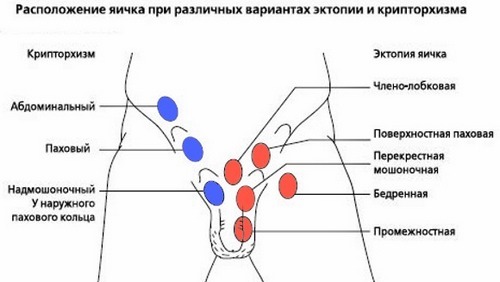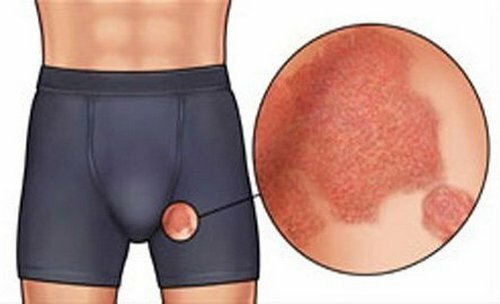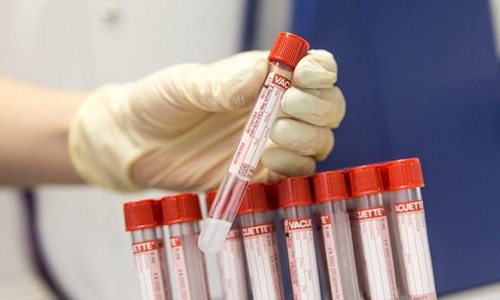What are the causes of agglutination of spermatozoa and how to treat pathology?
Agglutination of spermatozoa is the agglutination of mobile spermatozoa among themselves( see Figure 1).The formation of conglomerates( compounds) of cells disrupts their ability to move forward, which can lead to a decline in fertility. When spermatozoa are found agglutination, additional tests are performed to detect antisperm antibodies.
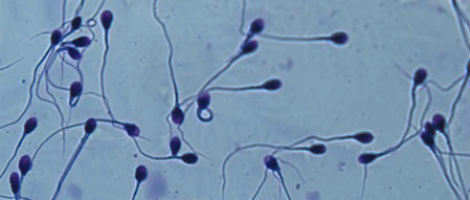
Fig.1 - Agglutination of spermatozoa in the study of ejaculate.
Contents
- 1 General Information
- 1.1 Sperm Agglutination Degrees
- 1.2 Direct Test
- 1.2.1 1. MAR test or mixed antiglobulin reaction test
- 1.2.2 2. Direct test with immune beads
- 1.3 Indirect tests
- 2 Reasons
- 2.1 Violation blood-testis barrier
- 2.2 cross-react with antigens of microorganisms
- 3 Conclusion
General
It is important not to mix with each other concepts such as aggregation of sperm and arlyutinatsiya sperm. When sperm cells are aggregated, epithelial cells are adhered to the cells, to destroyed cells or mucus, or to immobile spermatozoa. With agglutination sticking exclusively mobile spermatozoa. They can glue the head to the head, the flagellum to the flagella or in a mixed version( see Figure 2).
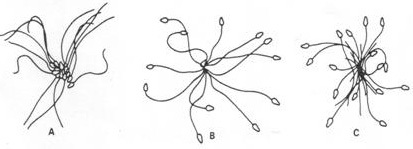
Fig.2 - Various variants of agglutination of spermatozoa.
Degrees sperm agglutination
are 4 degree of agglutination of sperm:
- Isolated. In one agglutinate( the mass of the glued cells) contains less than 10 spermatozoa, most of the cells are free.
- Average degree. In one agglutinate 10-50 cells, there are free spermatozoa.
- Significant degree. In agglutinate more than 50 cells, single spermatozoa are free.
- Heavy. Agglutinates are bound together, there are no free spermatozoa.
Agglutination does not necessarily indicate an immunological cause of infertility, but in order to confirm or exclude this cause, additional studies are conducted to identify antisperm antibodies. Antisperm antibodies can be found on the spermatozoa themselves or in the biological fluids of men.
Direct test
Detects antibodies on spermatozoa. There are two options for direct test:
1. MAR-test or a mixed antiglobulin reaction
inexpensive, simple to perform, is sensitive, but less informative than the direct test with immune beads( see below.).
semen sample is mixed with a latex beads coated with anti-immunoglobulin( antibody) or with similarly treated human erythrocytes. An anti-immunoglobulin is then added to the suspension. In the presence of antispermal immunoglobulins on spermatozoa, anti-immunoglobulin glues( agglutinates) spermatozoa with globules. The appearance of such mixed conglomerates will speak of the presence of antibodies on spermatozoa. Non-antibody-coated cells will freely float between agglutinates.
2. Direct test with immune balls
With washed spermatozoa, particles coated with rabbit antihuman immunoglobulins are mixed against antisperm antibodies. If these particles begin to bind to mobile spermatozoa, then antisperm antibodies are present on the cell surface.
Indirect tests
To identify antisperm antibodies in biological fluids: seminal plasma, serum. Used in cases where the sperm in the ejaculate in question is not enough sperm( oligozoospermia), or too few mobile spermatozoa( astenozoospermia).In this case, diluted biological fluid is added with washed donor spermatozoa, known to have no antisperm antibodies. If these antibodies are present in the test fluid, they will be linked to donor spermatozoa, after which a direct reaction can be made.
The threshold value is 50% of mobile spermatozoa coated with antibodies. If it is exceeded, problems with fertilization can occur both in vivo and in IVF.
Causes of
The decline in male fertility due to immune factors can be determined by several factors.
Disturbance of the hematotestick barrier
As spermatozoa begin to form after puberty - that is, when the immune system has long functioned - their proteins are perceived as immunity as foreign. The hematotestick barrier separates blood cells from the cells of the reproductive system, preventing the immune cells from getting into the spermatic cord. When it is damaged, immune cells "read" information about sperm proteins and the body begins to produce antisperm antibodies( immunoglobulins).Damage to the hematotestick barrier is possible with:
- scrotum injuries;
- after an orchitis( inflammation of the testicles);
- certain infections( chlamydia);
- overheating of the scrotum( varicocele, cryptorchidism);
- chronic ischemia( with inguinal hernia).
Cross-reactions with antigens of microorganisms
Antigens of some infectious agents, for example Staphylococcus aureus, Escherichia coli, Pseudomonas aeruginosa and Protea, have a molecular affinity with some surface proteins of spermatozoa. This can "mislead" the immune system. Other microorganisms, such as chlamydia, can attach to the surface of the sperm, triggering immune responses. In addition to the presence of the pathogen, the characteristics of the organism are also important - a tendency to an excessive response of the immune system.
Conclusion
Agglutination of spermatozoa and detection of antisperm antibodies testify to the immune reasons for the decrease in male fertility. The reasons for this condition can be different, and for their detection, a thorough andrological examination is necessary. Only after that it will be possible to understand whether autoimmune infertility is reversible, or it is necessary to resort to auxiliary reproductive technologies.
Sometimes for successful fertilization, there may be enough intrauterine sperm injection, in other cases more complicated methods, such as ICSI, may be required. In any case, the tactician of the further actions after revealing agglutination of spermatozoa should be offered by the attending physician.
Recommended for viewing:

